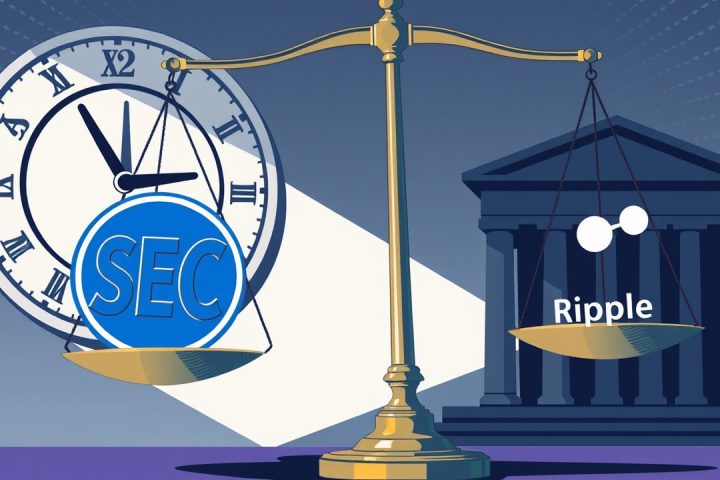Understanding Stablecoins
Stablecoins, often hailed for their “stability,” might not be as reliable as their name suggests. For example, the Hong Kong dollar achieves its steadiness through the Hong Kong Linked Exchange Rate System. Similarly, the US dollar functioned as a kind of “quasi-stablecoin” during the Bretton Woods era when it was tied to gold. However, this link was severed in 1971, leading the dollar to float freely based on market dynamics. Generally, stablecoins are pegged to traditional assets or currencies, including the US dollar or US Treasury bonds.
Recent Developments in Stablecoin Regulation
In a landmark step for digital currency governance, the US Senate recently approved the “Genomic Stablecoin Unified Standards Act” (GENIUS) on May 20th, paving the way for clearer regulations surrounding stablecoins in America. Meanwhile, Hong Kong is following suit with its proposed Stablecoin Bill, aiming to oversee the issuance of fiat-backed stablecoins. This rise of stablecoins signifies not only an advancement in financial technology but also poses a challenge to the existing global financial framework.
The Role of BiyaPay
Furthermore, the BiyaPay platform facilitates transactions by accepting various currencies, such as USDT, USD, and HKD, ensuring a versatile payment solution for users around the globe. As the market for stablecoins and digital currencies burgeons, BiyaPay continues to provide a secure and efficient trading environment for its users.




